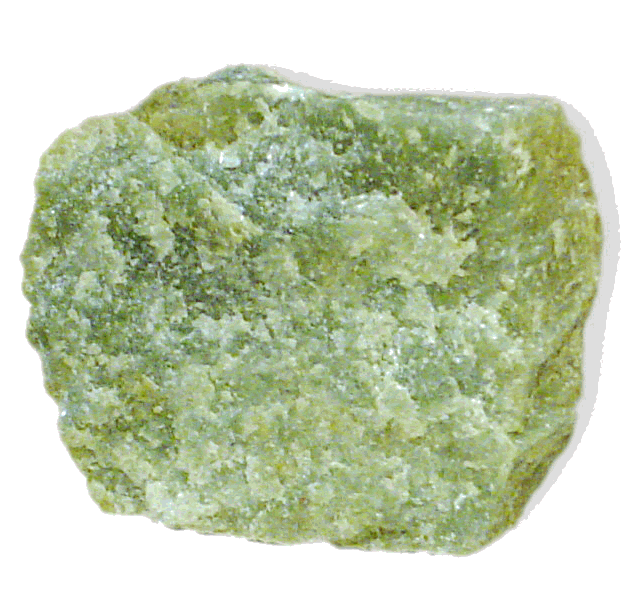

Jade
Jade has become a name which is given to numerous stones, many of these are NOT proper jade. The two real jades are jadeite and nephrite. Originally thought to be the same stone, in 1863 they were confirmed to be two different minerals.
Coloured by chromium the most highly prized jade is known as "Imperial" jade. It is made up of interlocking granular pyroxene crystals with a dimpled surface. Its colour is caused by traces of chrome, iron and titanium making it green, blue and lavender.
Lavender jade is coloured by titanium White jade is known as "mutton fat jade" The composition of jade means that it can be intricately carved. This lilac blue jade shows the detail and the talent of the Asian jade carvers.
Nephrite can be blotchy or striped, found in Asia, the Americas and New Zealand it is as tough as steel and has been used for axes since prehistoric times. Both sorts of jade are used as wedding rings in China, as a token of loyalty, love and virtue.
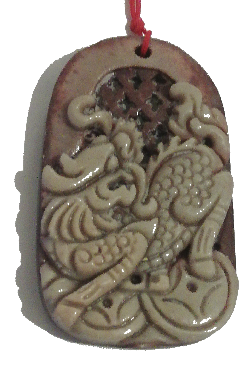 |
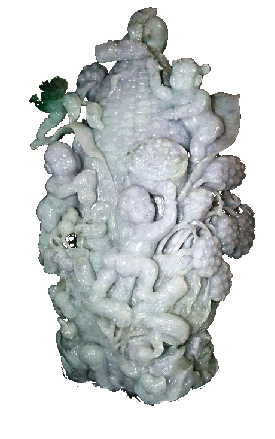 |
 |
 |
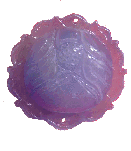 |
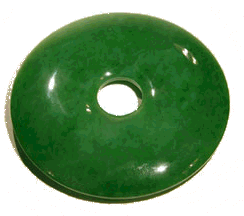
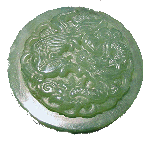
Nephrite
Nephrite can be blotchy or striped, found in Asia, the Americas and New Zealand it is as tough as steel and has been used for axes since prehistoric times. Both sorts of jade are used as wedding rings in China, as a token of loyalty, love and virtue.
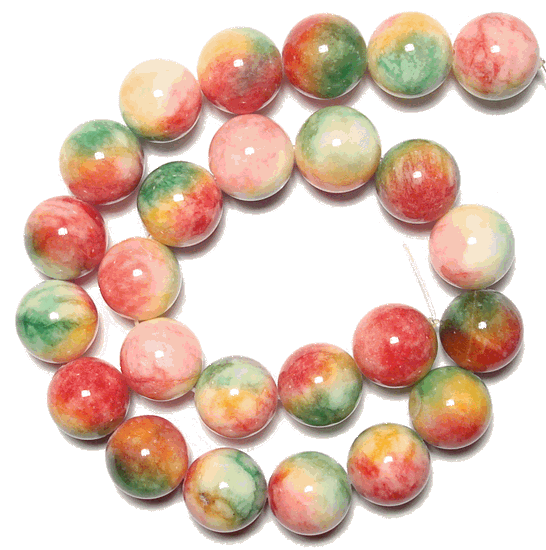 "Candy Jade"
"Candy Jade"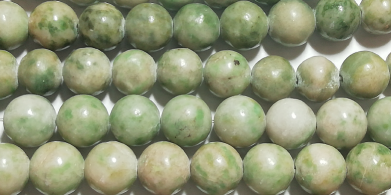 Ching Hai "Jade"
Ching Hai "Jade"Fake Jade
There are many other beads on the market which are labelled "jade", these include dyed dolomite marble, soo chow aka "new" or serpentine "jade" "oil jade", and "candy jade", the price determines whether the item is true jade.
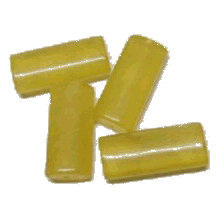 "Oil Jade"
"Oil Jade"Serpentine
The green flecks in this stone resemble snake skin and gave rise to the name of "Serpentine". Serpentine rock is known as "serpentinite"; but serpentine often forms veins in other rocks, such as marble. Lizardite, a fine variety, is found at the Lizard pennisular in Cornwall, England.
| Latest Trends | Ordering Information | debbie@silkpixie.com | Delivery & Returns |


